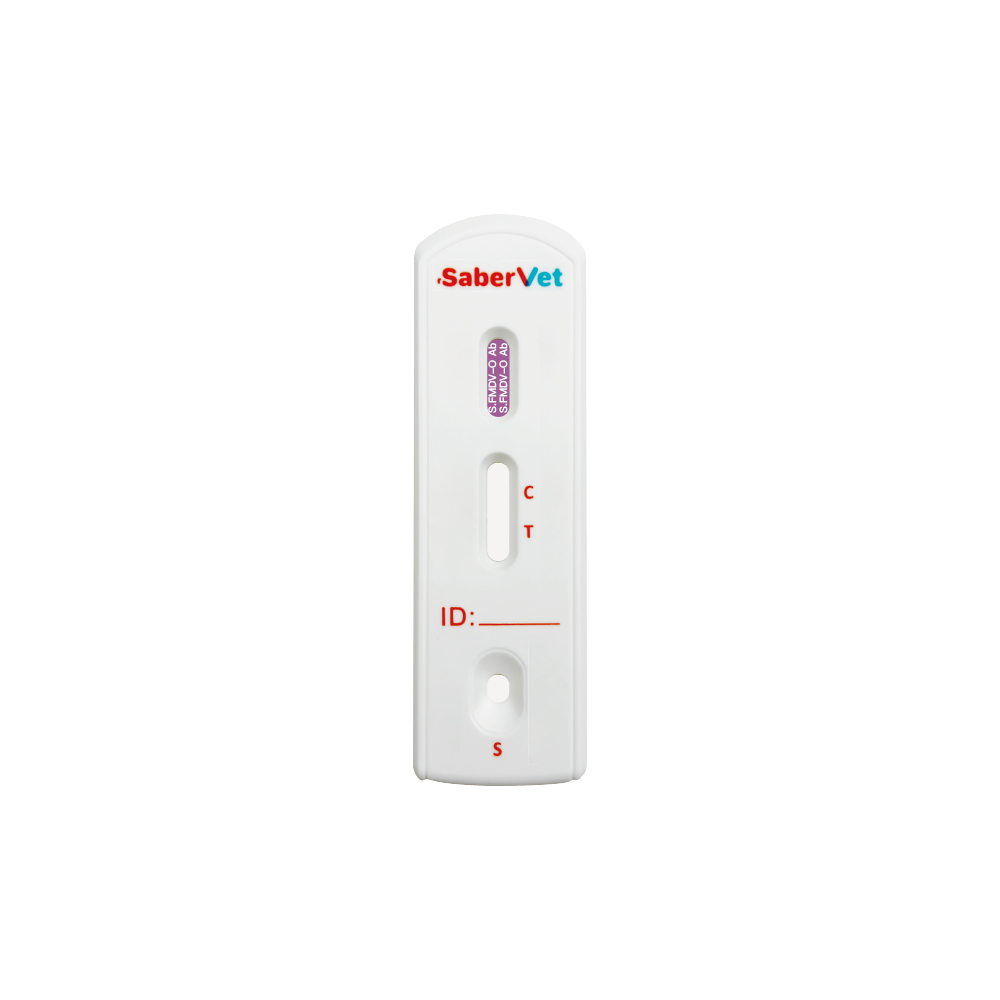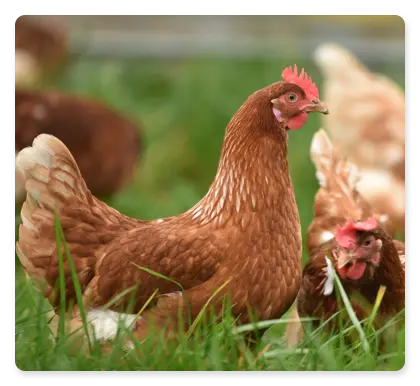Foot-and-Mouth Disease Virus (FMDV) type O is a highly contagious virus that mainly affects cloven-hoofed animals such as pigs, cattle and sheep.
Clinical signs and symptoms
The clinical symptoms of swine foot-and-mouth disease vary depending on the severity of infection, the age of the animal and the strain of the virus:
Oral and hoof lesions
Blisters and ulcers: Blisters appear in the mouth, tongue, gums, nasal passages, crown of hoof and hoof, and ulcers form when the blisters rupture.
Salivation: Infected pigs salivate profusely due to oral pain.
Lameness: Infected pigs can limp and have difficulty standing due to hoof blisters and ulcers.
Systemic symptoms
Fever: An increase in body temperature, usually above 40°C.
Anorexia and fatigue: decreased appetite and low energy.
Decreased milk production: Lactating sows produce significantly less milk.
Piglet symptoms
Acute death: Suckling piglets, in particular, may die suddenly due to myocarditis and severe dehydration.
Transmission route
Direct contact
Animal-to-animal transmission: spread through direct contact with the bodily fluids (saliva, mucus, urine, feces, etc.) of infected animals.
Airborne:
Droplet transmission: The virus can be spread by airborne droplets, especially in confined and poorly ventilated environments.
Indirect transmission:
Contaminated feed and water: Waste from infected animals contaminates feed and water.
People and equipment: Workers and equipment of infected animals can act as vectors for transmission of the virus.
Environmental transmission: The virus can survive in the environment for some time, spreading through contact with contaminated environments.
Pig products
Contaminated pork and its products: Inadequately processed pork and its products can also transmit the virus.
Clinical diagnosis
Clinical symptom observation
A preliminary diagnosis is made based on the typical symptoms of blisters and ulcers, especially lesions in the mouth and feet.
Laboratory tests
Virus isolation and identification: Isolation of virus from blister fluid, oral swabs, or other body fluids.
RT-PCR detection: Detection of viral RNA by reverse transcription polymerase chain reaction (RT-PCR) is a rapid and sensitive diagnostic method.
Enzyme-linked immunosorbent assay (ELISA) : Detects viral antibodies in serum and is used to assess infection and immune response.
Virus neutralization test: Used to determine virus type and assess immune response.
Prevention and control measures
Prevention
Vaccination: Pigs are regularly vaccinated against foot-and-mouth disease, including inactivated and recombinant vaccines, to prevent infection. Make sure the vaccine matches the circulating strain.
Strict biosecurity measures, including quarantine of newly introduced pigs, disinfection of personnel and equipment, and restriction of people and vehicles entering and leaving the farm.
Surveillance and quarantine: Regular monitoring of pig health and rapid detection and reporting of suspected cases.
Avoid contact with wild animals: Take measures to prevent contact between domestic pigs and wild animals.
Management measures
All in all out: Adopt the feeding and management mode of all in all out to avoid mixed breeding of different batches of pigs.
Environmental hygiene: Keep the pig house dry and clean, and clean up feces and dirt in time.
Regular monitoring: Regular health monitoring of pig herds, timely detection and isolation of infection cases.
Treatment and control measures
Culling and destruction: The infected pig herd is culled and the carcasses are safely disposed of and destroyed.
Disinfection and cleaning: Thoroughly clean and disinfect contaminated housing, equipment and environment.
Lockdown and isolation: the implementation of lockdown and isolation of the affected areas to prevent the spread of the virus.
Education and Training
Training of breeders and veterinarians: raising awareness and prevention and control skills of foot-and-mouth disease.
Publicity of epidemic prevention knowledge: Through publicity and education to improve the awareness of epidemic prevention and self-protection ability of pig farms.
Swine Foot and Mouth Diseases Virus Serotype-O Antibody Rapid Test
Antigenne developed a Swine Foot and Mouth Diseases Virus Serotype-O Antibody Rapid Test to help farmers quickly screen for infection.













